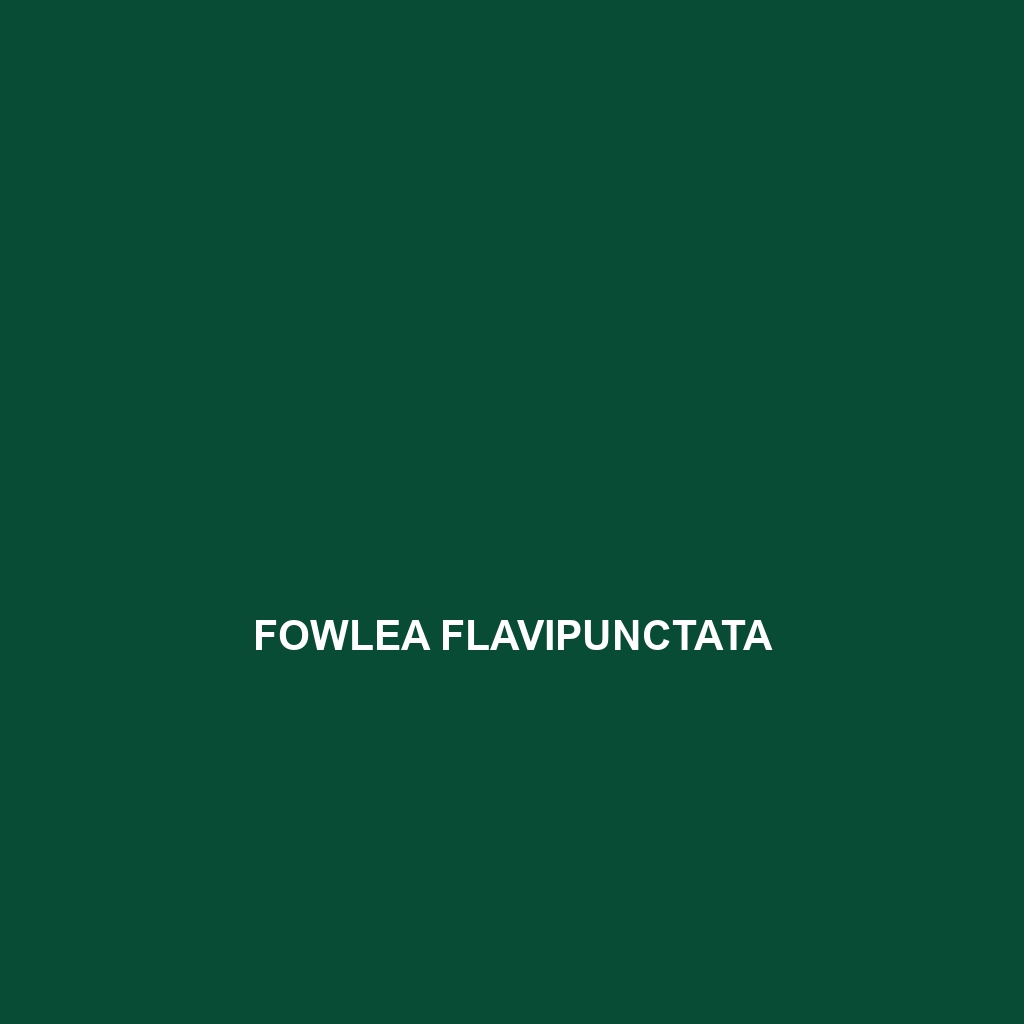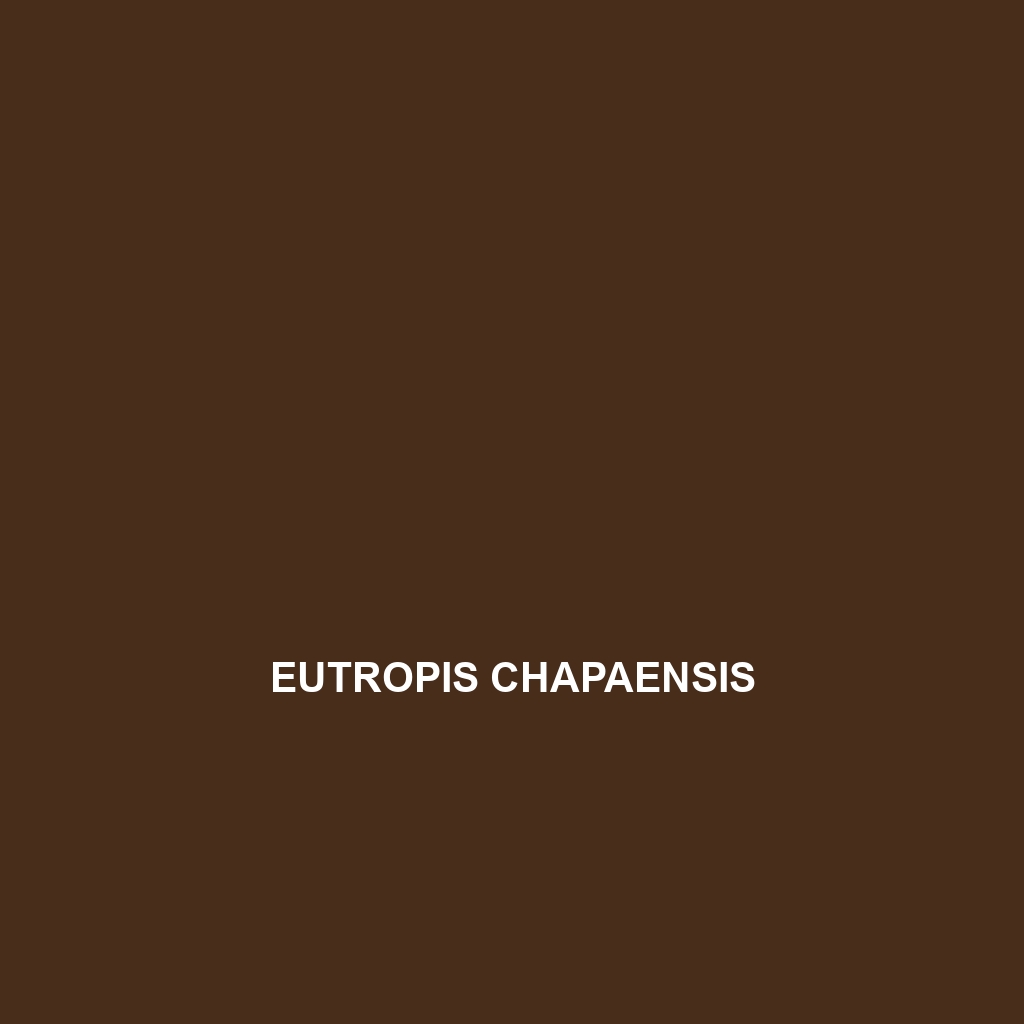Discover the fascinating Fowlea piscator, also known as the fishing snake, a semi-aquatic carnivore thriving in Southeast Asia's rainforests, wetlands, and coastal areas. With its slender body, excellent camouflage, and exceptional hunting skills, this snake plays a crucial role in maintaining the balance of aquatic ecosystems.
Tag: Biodiversity in Southeast Asia
Fowlea flavipunctata
Discover the Fowlea flavipunctata, or yellow-spotted keelback, a medium-sized snake known for its vibrant brown to olive-green body adorned with striking yellow to orange spots. Native to Southeast Asia's tropical rainforests, this adaptable predator feeds on small mammals, amphibians, and fish, playing a vital role in maintaining ecological balance.
Eutropis multifasciata
Discover the <b>Eutropis multifasciata</b>, or Many-Banded Skink, a vibrant lizard native to Southeast Asia, known for its striking banded coloration, agile movements, and adaptability to diverse habitats like rainforests and savannas. This insectivorous species plays a vital ecological role by regulating insect populations and serving as prey for larger predators.
Eutropis madaraszi
Discover the Eutropis madaraszi, or Madaraszi skink, known for its distinctive brown to olive green coloration and iridescent scales. This adaptable insectivorous skink thrives in Southeast Asia's tropical rainforests and savannas, playing a crucial role in regulating insect populations while serving as prey for larger predators.
Eutropis clivicola
<p><b>Eutropis clivicola</b>, commonly known as the common skink, is a slender, agile lizard measuring 15 to 30 cm, primarily inhabiting tropical and subtropical rainforests, savannas, and grasslands across Asia. An insectivore with a strikingly patterned dorsal surface, it plays a crucial role in regulating insect populations while showcasing adaptability to various environments.</p>
Eutropis chapaensis
Eutropis chapaensis is an adaptable reptile found in the humid habitats of Southeast Asia, characterized by its elongated body, smooth scales, and vibrant behavioral displays. This omnivorous species plays a crucial role in ecosystem balance by controlling pest populations and serving as prey for larger predators.
Eutropis carinata
Discover the <b>Eutropis carinata</b>, commonly known as the <i>Asian Skink</i>, a diurnal, insectivorous lizard that thrives in humid Southeast Asian habitats such as rainforests and savannas. With its smooth, colorful skin and remarkable ability to regenerate its tail, this resilient species plays a crucial role in controlling insect populations and maintaining ecosystem balance.
Eutropis borealis
Eutropis borealis (Northern Skink) is a diurnal insectivore found in Southeast Asia's tropical rainforests and savannas, characterized by its slender body, glossy skin, and ability to adapt to urban environments. This agile skink plays a vital ecological role as both predator and prey, aiding in insect population regulation and contributing to ecosystem health.
Eugongylus unilineatus
Introducing the Eugongylus unilineatus, or striped skink, a medium-sized skink native to Southeast Asia, thriving in tropical rainforests and mangrove swamps. Known for its striking dark brown or gray stripes and insectivorous diet, this diurnal species plays a vital role in its ecosystem by controlling insect populations and aiding in seed dispersal.
Emoia jamur
<b>Emoia jamur</b> is a slender, colorful lizard native to the rainforests and savannas of Southeast Asia, thriving in warm, humid climates. Primarily insectivorous, it plays a vital role in controlling insect populations and serves as prey for larger animals, contributing to the balance of its ecosystem.









